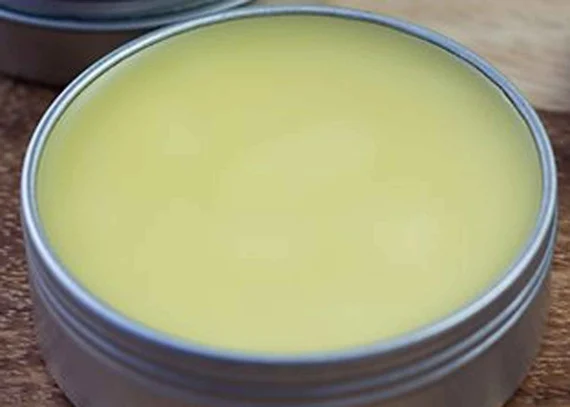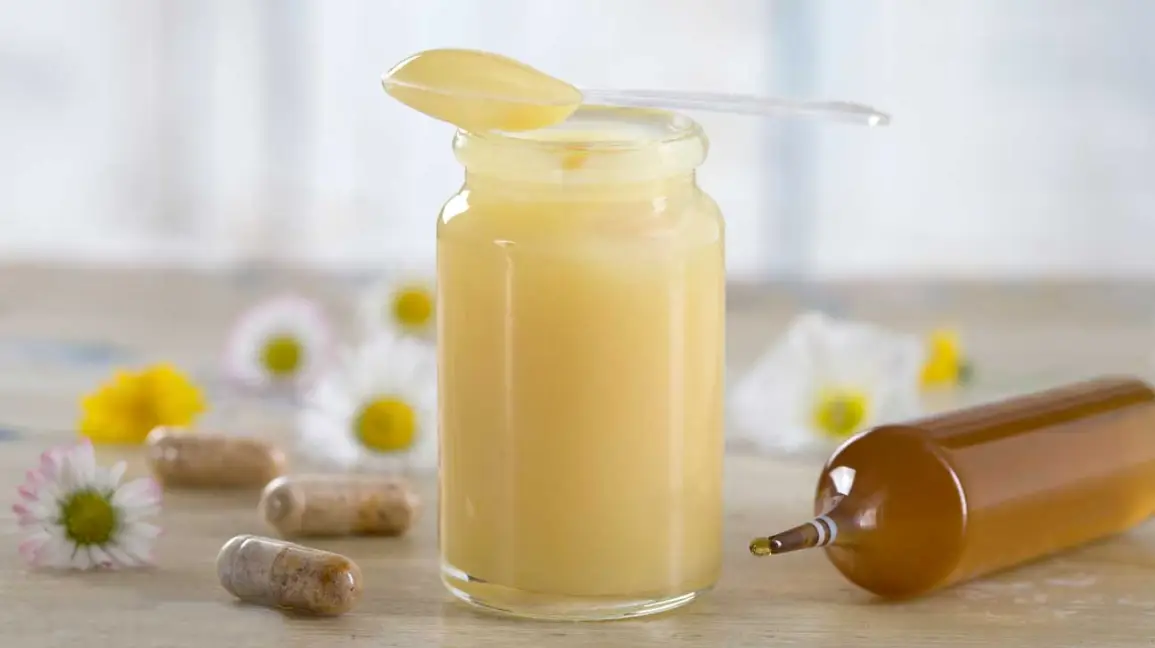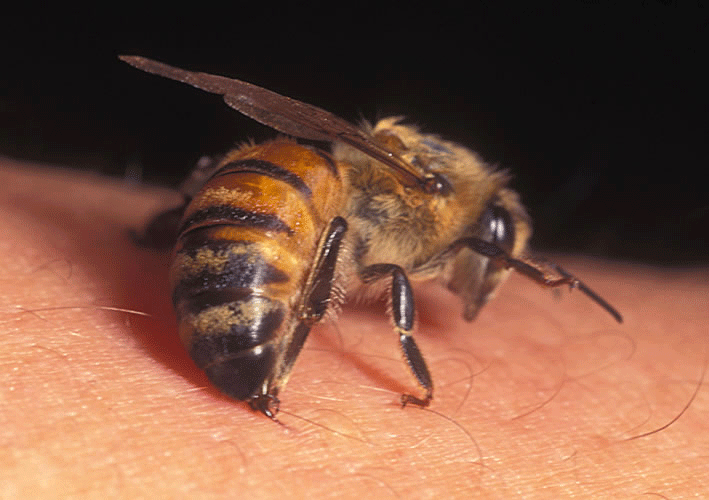Bees are producing a lot of products and in this article, we will discuss other products from bees.
One of the products from bees is pollen
What pollen is?
Numerous small white or golden specks known as pollen grains are formed inside flowers. Each pollen grain contains a male gametophyte in the form of a microspore.
Pollination
The pollen grain germinates when it contacts the feminine portion of a plant, such as the stigma in the same flower or in a different bloom, and a pollen tube grows into the stigma, enabling the male pollen nuclei to reach the eggs within the flower’s ovules. This is how plants become fertilized and can produce viable seeds.
Pollen’s importance to bees
Nectar and pollen are the incentives that flowers employ to entice bees to visit them, and plants that depend on bees to transmit their pollen must provide an incentive for the bees to do so. Honeybees only eat nectar and pollen; nectar primarily provides the carbohydrates needed to make honey, while pollen supplies all the other nutrients required for honeybee development and growth. For gathering pollen and storing it in the ‘baskets’ on the back legs of foraging bees to transport back to the nest, honeybee anatomy is exquisitely designed.
Pollen as a human dietary source
Because of its diverse spectrum of contents, including its minor constituents, some people view pollen as a very useful nutritional supplement for humans. Depending on the plants the bees have been foraging, it contains around 30% protein, including all the essential amino acids, a full range of vitamins and minerals, lipids, trace elements, hormone precursors, enzymes, vitamins, carbohydrates and fatty acids, flavonoids and carotenoids, and numerous minor constituents.
Like honey, there is no universally accepted definition of pollen because it depends on the available and preferred feeding sources for bees.
Other products from bees are:
PROPOLIS

Honeybees of the species Apis mellifera gather resin and gum from plant buds and damaged areas. Propolis is the name for this glue-like substance, which is often dark brown in color. Propolis composition varies depending on the plants from which bees have been gathering, much like it does with honey and pollen. Propolis is often a dark brown color, but it also comes in yellow, green, and red varieties.
ROYAL JELLY

Royal jelly is what A milky, milky-white liquid is royal jelly. The hypopharyngeal gland of nurse worker bees, which is the principal gland in the “salivary gland complex,” secretes it as nourishment for bee larvae (worker bees attending the brood). Added proteins and sugars from the worker bees’ stomachs are also included. In a wax cell that is unusually enormous and contains copious amounts of royal jelly laid down by worker bees, a larva destined to become a queen bee grows.
Bee brood

People occasionally consume honeybee brood, which includes eggs, larvae, and pupae. For instance, honey hunters in Africa frequently consume bee larvae while pillaging hives. The devouring of aphis Florea, aphis cerana, and other species’ broods is a common occurrence throughout Asia. Bee brood is another ingredient that is lyophilized and sold as a powder for healthy foods and beverages in Asia.
Bee venom

Honeybees are gathered for their venom, which is used in apitherapy, particularly for the treatment of rheumatism and arthritis, to cure allergic reactions to bee stings. Bees are exposed to electric fields in order to capture their venom; after receiving the electric shock, the bees sting into metal gauze, which is positioned behind a glass sheet. The dried venom is scraped off the glass sheet after being placed in the hive for a few hours. One gram of venom can be obtained (equivalent to about 10 000 bee stings).
This was our article about the products from bees if you want you can read also the Types of propolis: American, European, Indian, and South Which are also products from bees.